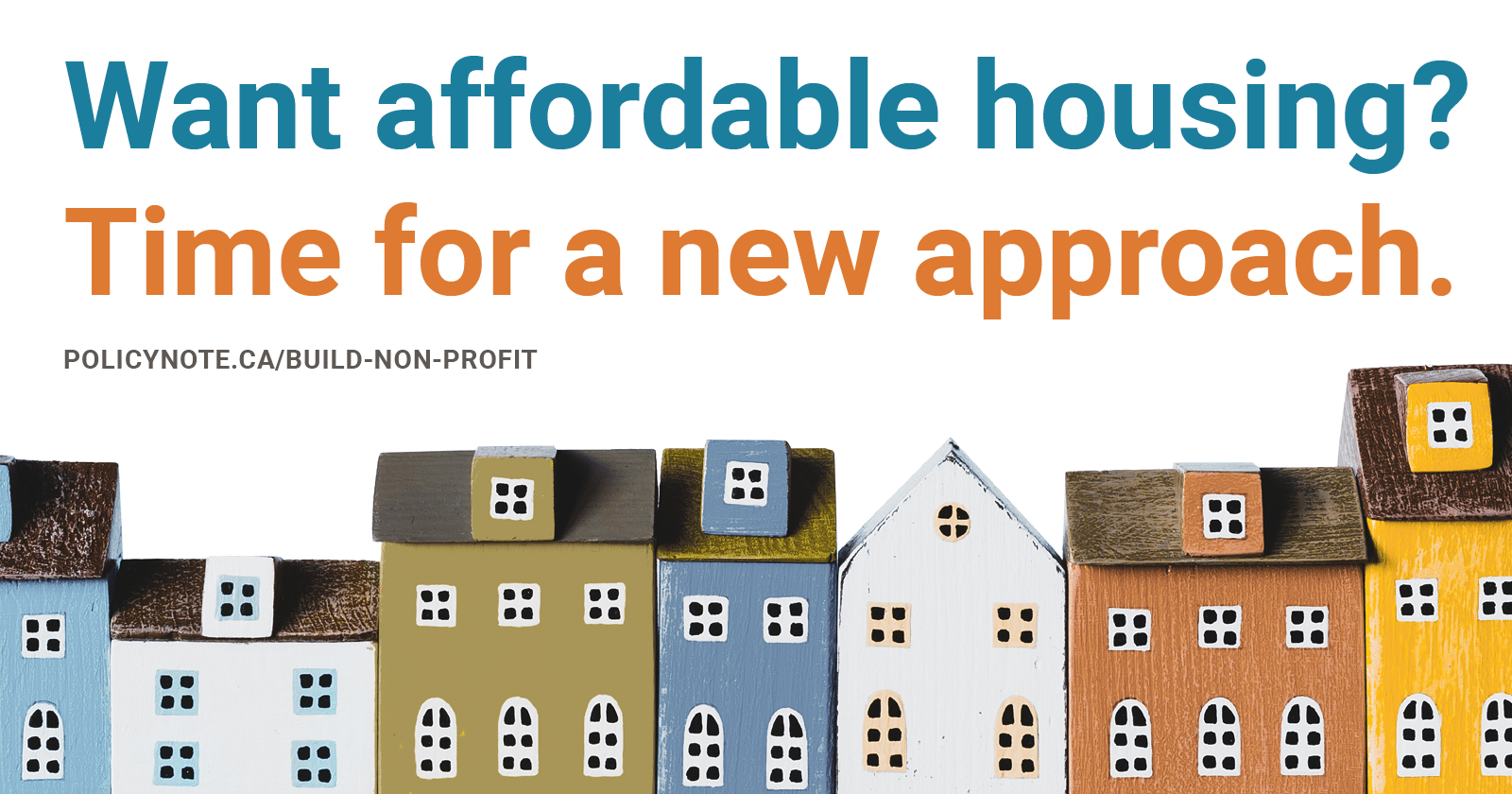Building Affordable Housing
Introduction
Affordable housing remains a pressing issue in both urban and rural settings across the United States. While numerous initiatives, from public housing to creative financing, have emerged over time, challenges persist. This guide revisits the essence of a classic barn-raising model, blending community unity and resource pooling to build affordable homes. Inspired by the successful practices of Project Neighbors in Valparaiso, Indiana, this model emphasizes both constructing quality housing and fostering a deeper sense of community.

The Model in Practice for Affordable Housing
The Driving Force: Commitment and Need
The foundation of any successful housing project lies in shared commitment. Participants should feel a strong duty—whether rooted in spiritual, civic, or ethical beliefs—to contribute their time and resources. Moreover, a clear understanding of the local housing crisis helps motivate volunteers. Research from census data, local government, and community organizations can underline the urgent need for affordable housing.
Organizing for Success
Efficient organization is key. The structure should include a core vision committee responsible for planning and oversight, supplemented by roles like project coordinators, legal advisors, public relations personnel, and volunteers. Establishing the group as a registered charitable organization, such as a 501(c)(3), can facilitate fundraising and in-kind donations.
Step-by-Step Process for Building Affordable Housing
Getting Started
- Sell the Project: Create awareness and rally support within the community. Present data, share compelling stories and emphasize inclusivity by offering roles for all skill levels.
- Volunteer Engagement: Distribute skill inventories to identify expertise and availability among participants. Highlight opportunities for both skilled labor (e.g., carpentry, electrical work) and supportive tasks (e.g., meal preparation, childcare).
- Land Acquisition: Secure low-cost or donated land through outreach to local property owners, real estate professionals, and community groups. Investigate zoning regulations to ensure suitability for construction.
Designing and Financing the Affordable Housing
- House Design: Tailor the design to meet the needs of the target family or community, considering options like pre-framed panelized housing for efficiency. Involve volunteers and prospective homeowners in the design process to foster ownership.
- Funding: Explore diverse funding avenues, including:
- Short-term construction loans from local banks.
- Donations from individuals and businesses.
- Grants from government programs or philanthropic organizations.
- Fundraisers such as bake sales or donation catalogues highlighting specific building needs.
Construction and Community Building
- Volunteer Coordination: Assign skilled mentors to lead unskilled volunteers in tasks like drywalling or roofing. Ensure roles match individuals’ capabilities to maintain morale and productivity.
- Subcontracting: Hire professionals for specialized work, such as foundation laying or HVAC installation, that exceeds volunteer skill levels.
- Community Integration: Incorporate communal meals and social breaks during workdays to strengthen relationships. Offer childcare services to remove barriers for young families.
Selecting a Family
Deciding who will live in the home can be challenging. Options include directly involving a known family or partnering with organizations like local Community Development Corporations (CDCs) to make impartial selections. Balancing fairness and practicality ensures community trust.
Key Roles and Responsibilities
- Vision Committee: Oversees planning, funding, and volunteer recruitment.
- Project Coordinator: Manages construction timelines, materials, and quality.
- Administrative Assistant: Supports coordination by maintaining schedules and communication.
- Director of Communications: Ensures consistent volunteer turnout and media engagement.
- Food and Childcare Coordinators: Organize meals and childcare to support volunteers.
- Chronicler: Documents the process through photos and videos to celebrate achievements and inspire future efforts.
Lessons from Project Neighbors
Project Neighbors exemplifies the transformative power of community-driven housing initiatives. By fostering partnerships with local contractors, churches, and organizations, they’ve built over 30 affordable homes while addressing broader social needs like childcare and healthcare. Their experiences highlight the importance of adaptability, collaboration, and a focus on building both homes and human connections.
Conclusion
Affordable housing projects thrive on dedication, organization, and the spirit of community. By following this guide, groups can harness local resources, engage diverse volunteers, and create lasting impacts that extend beyond bricks and mortar. Whether for a single home or an ongoing initiative, the barn-raising model offers a timeless blueprint for addressing housing challenges while fostering unity.
